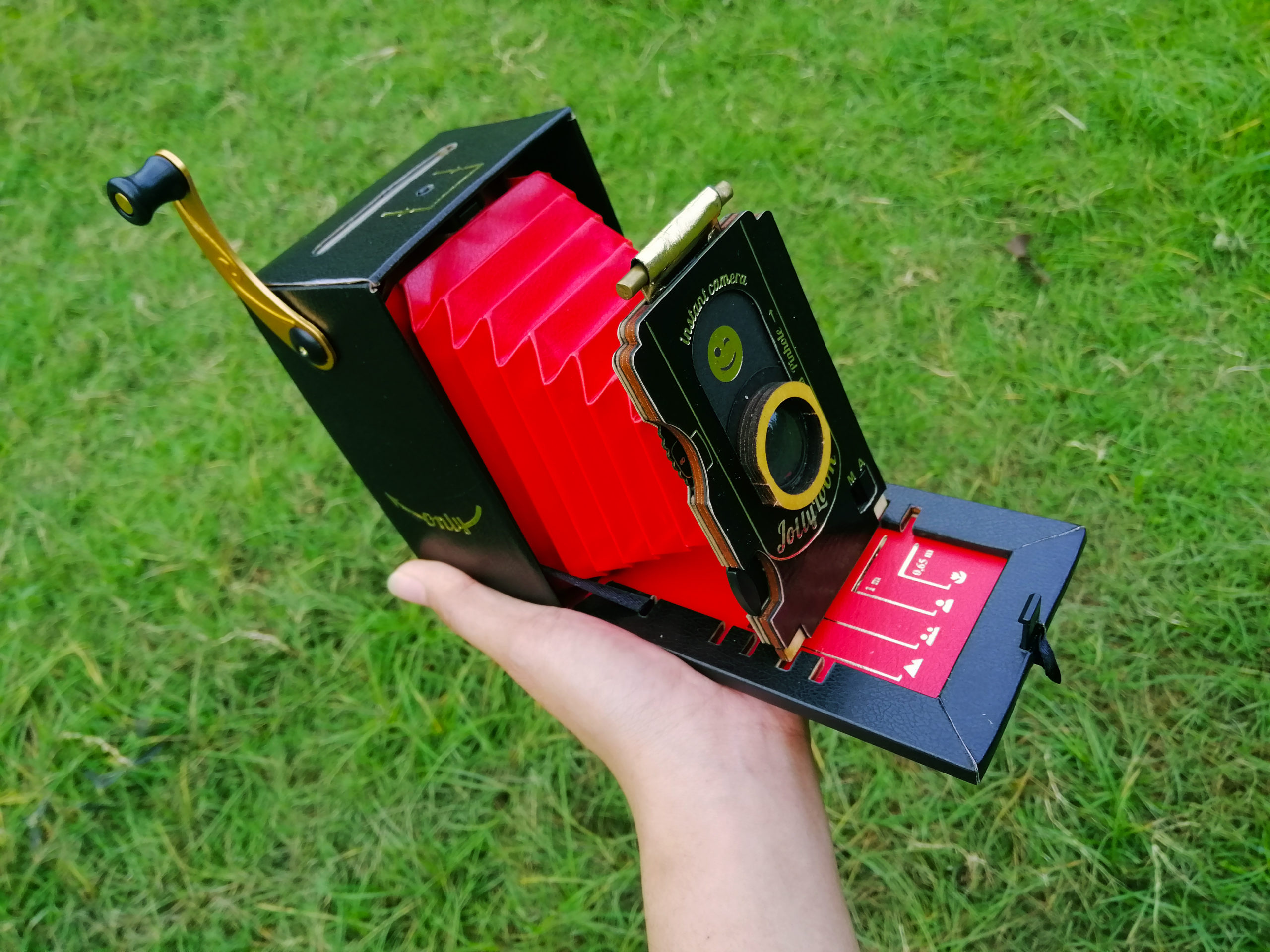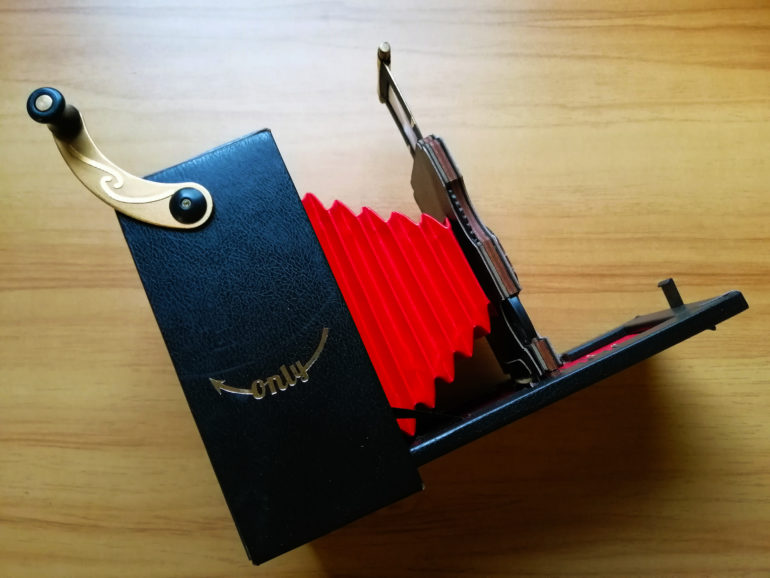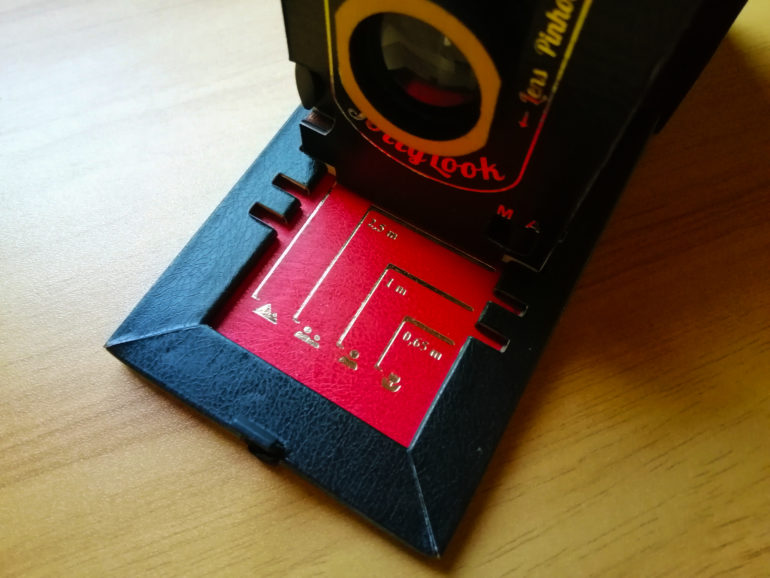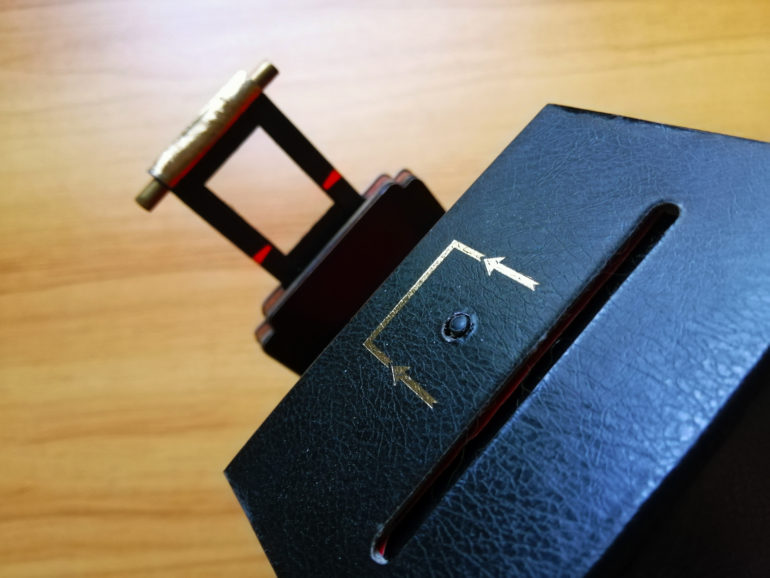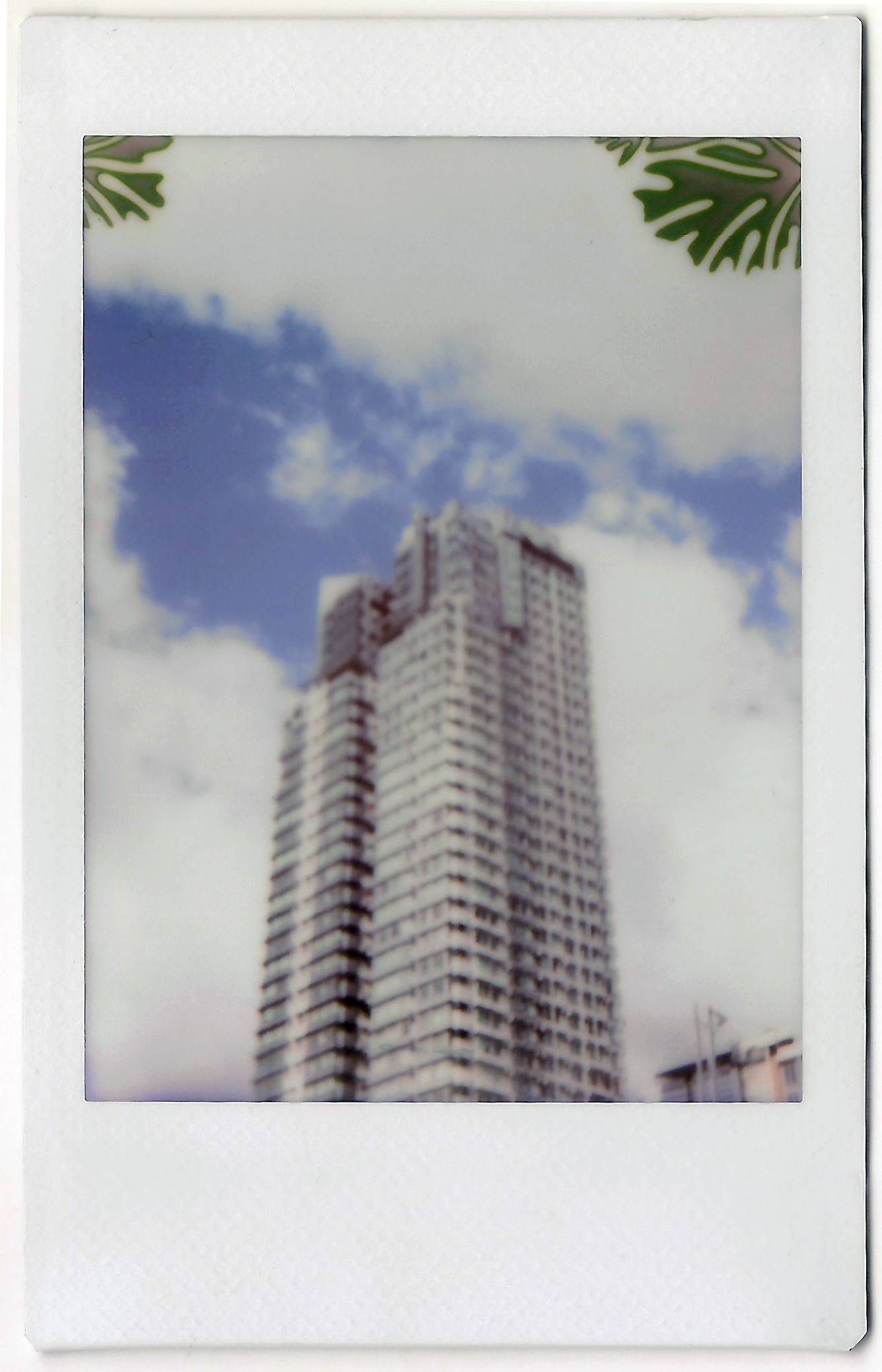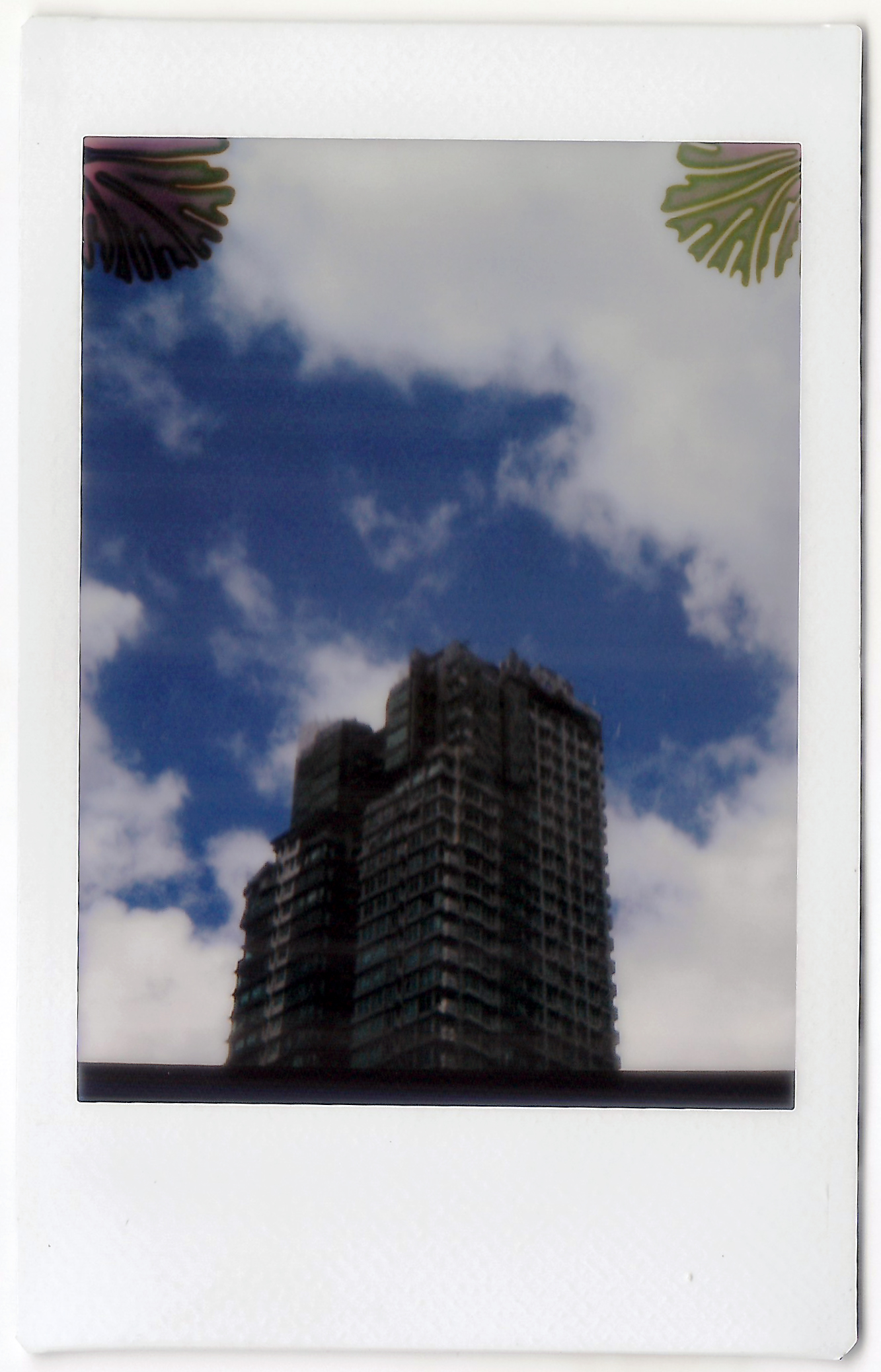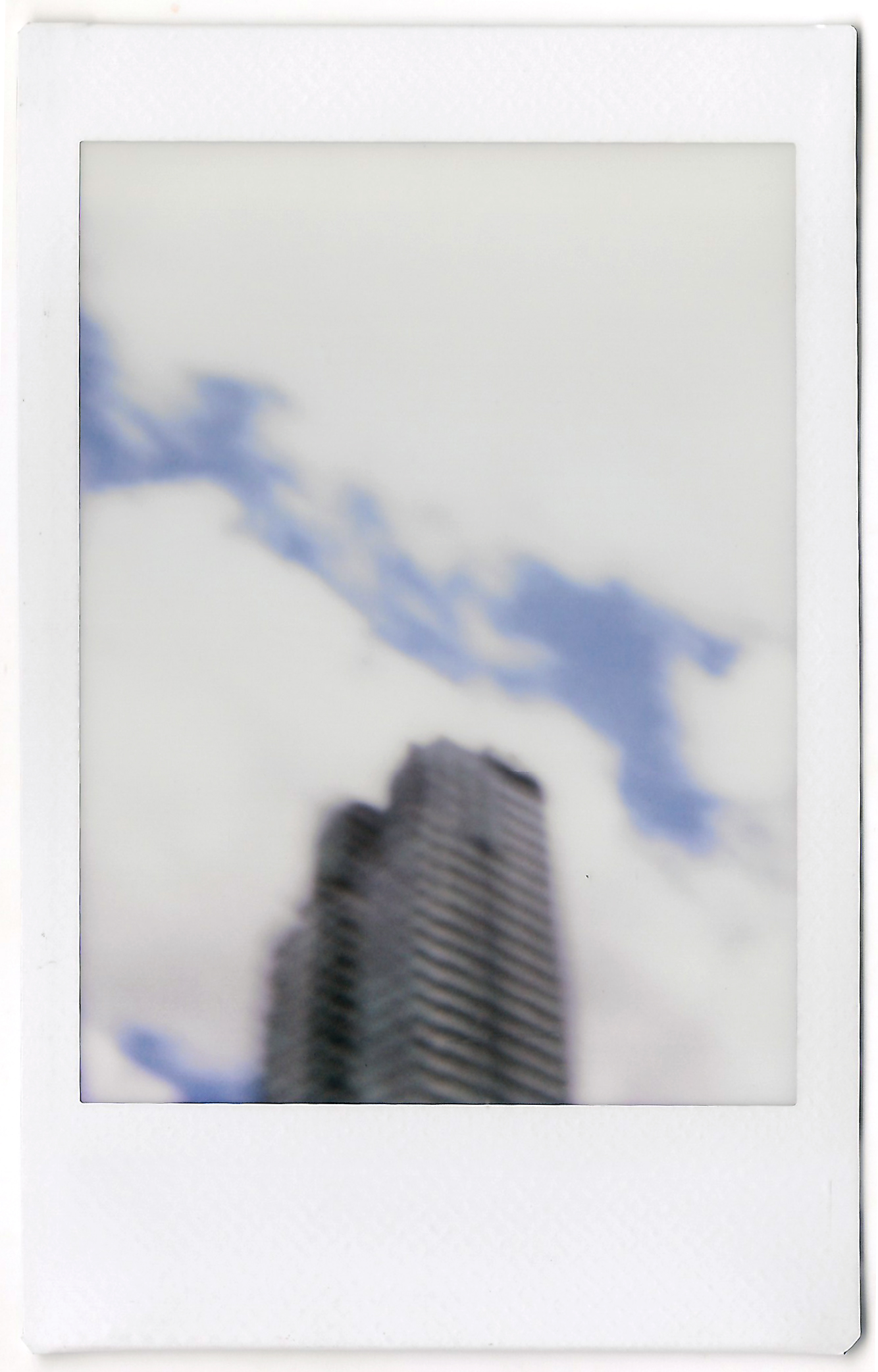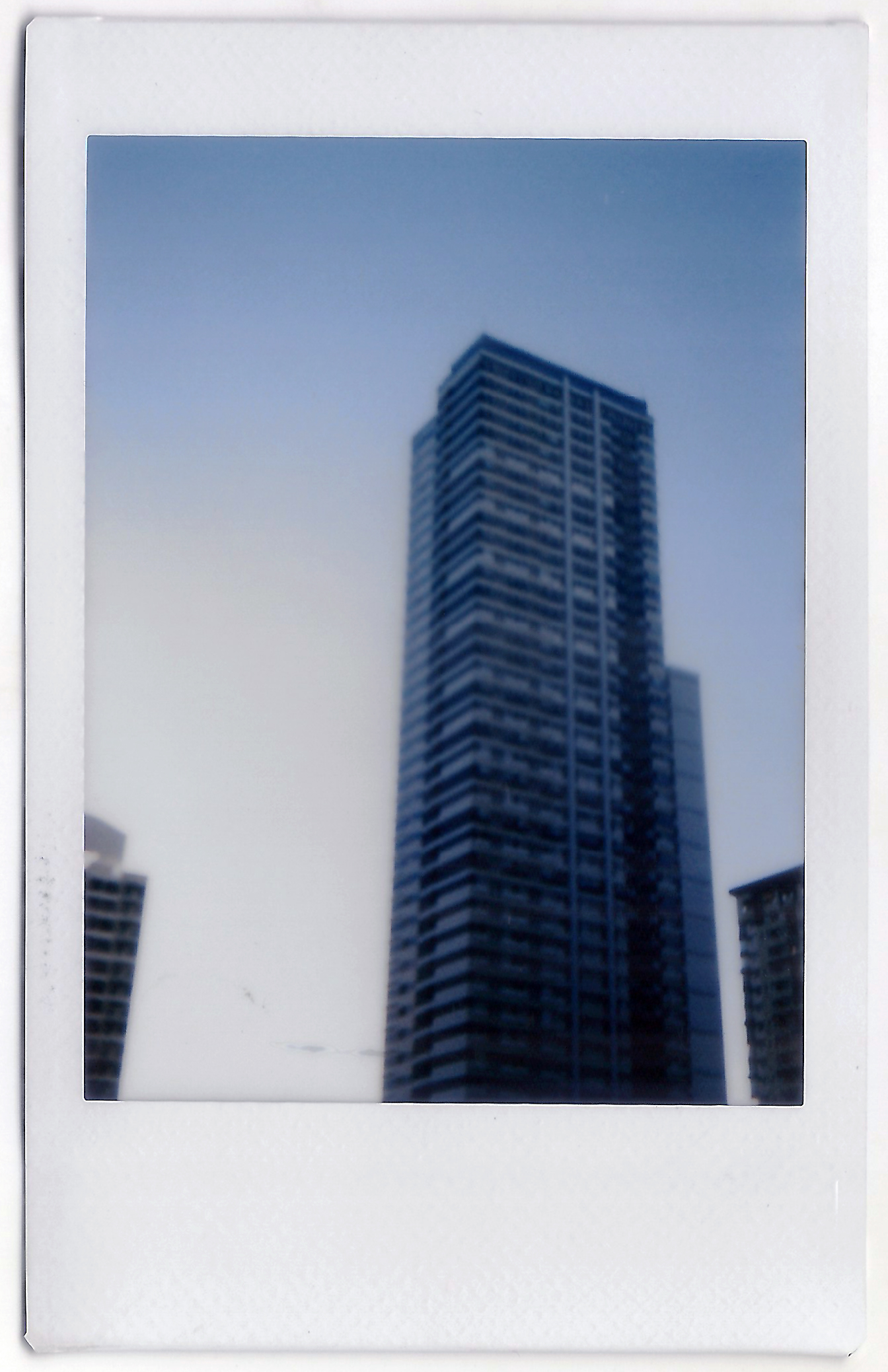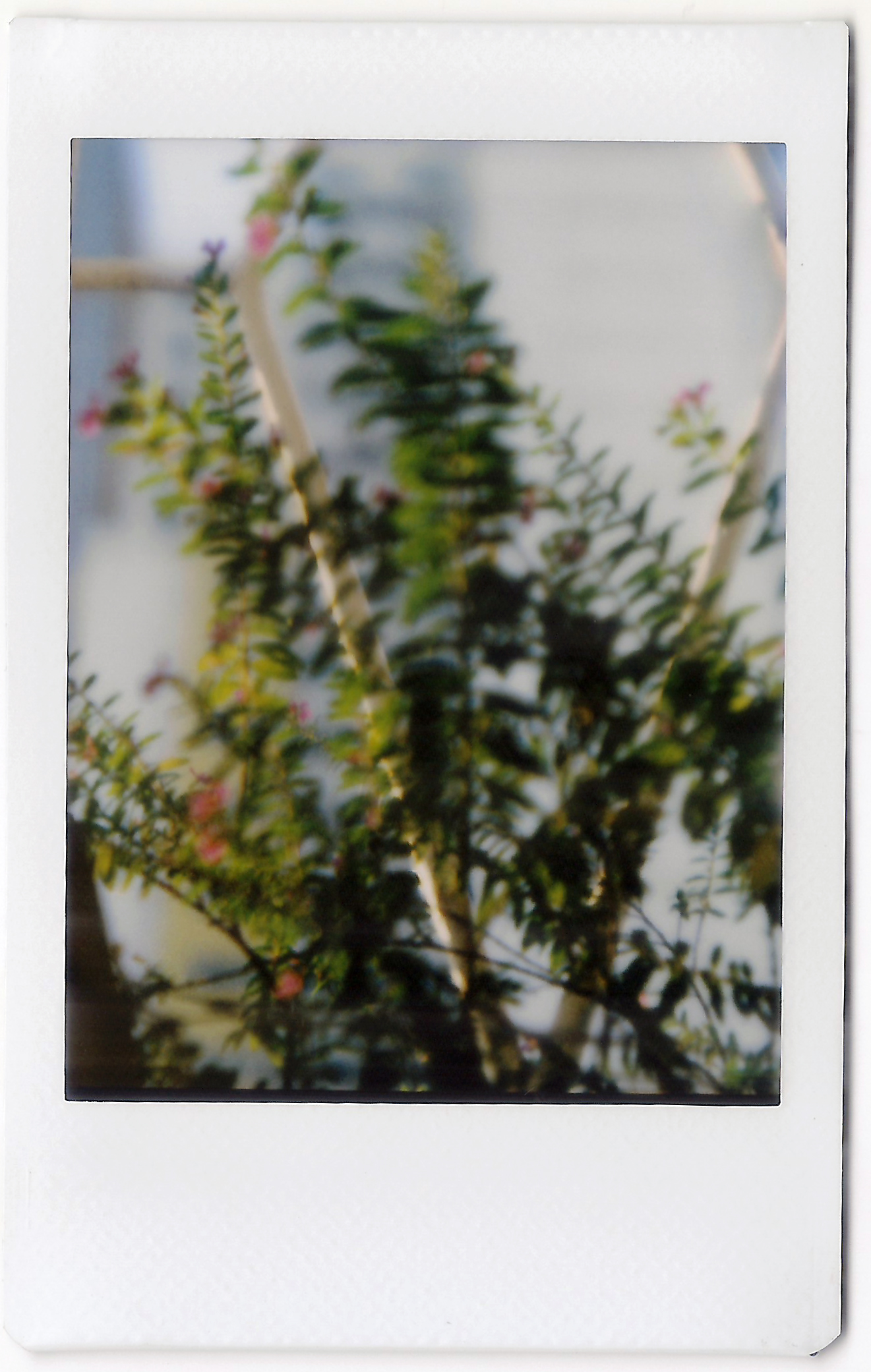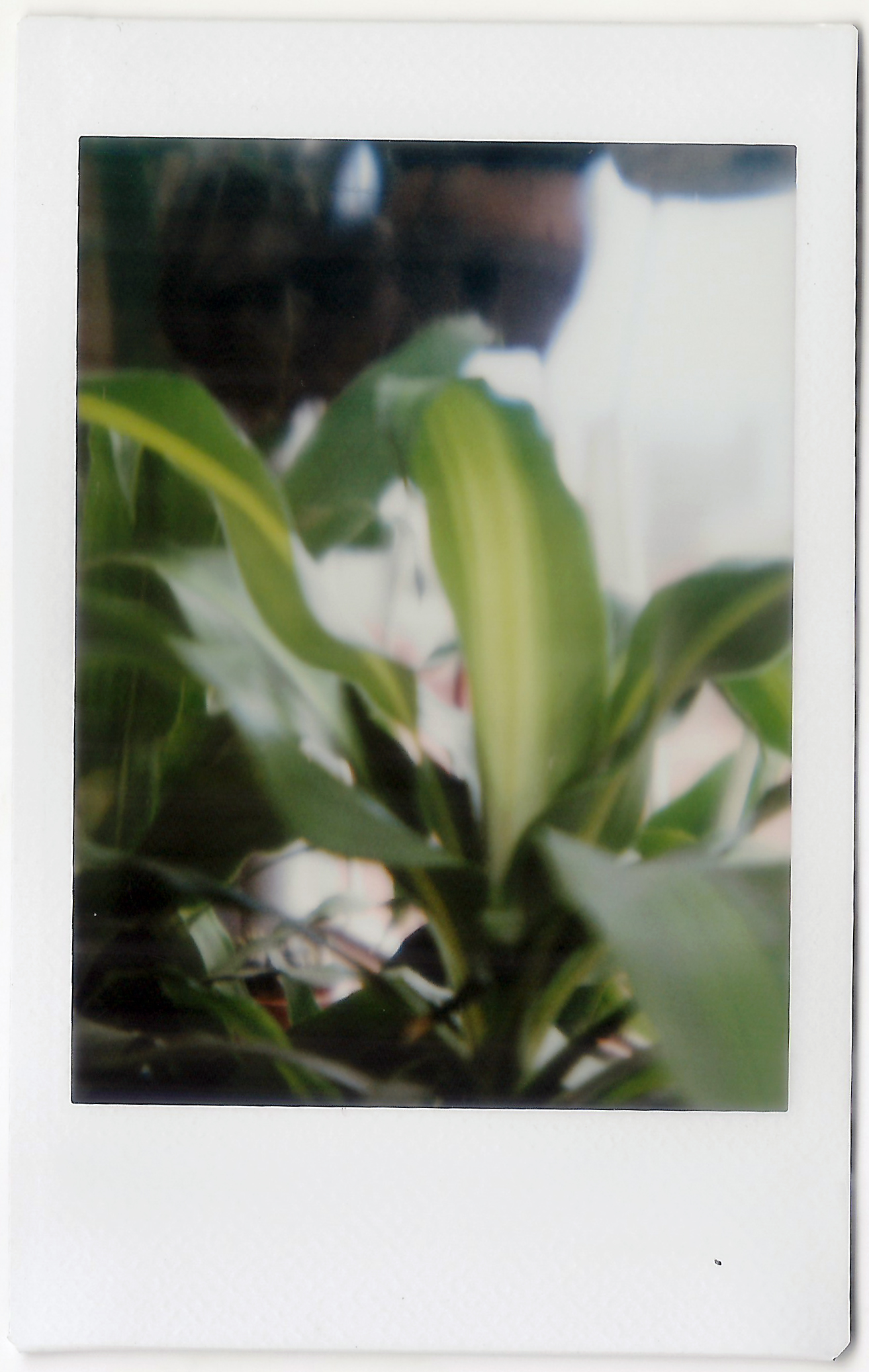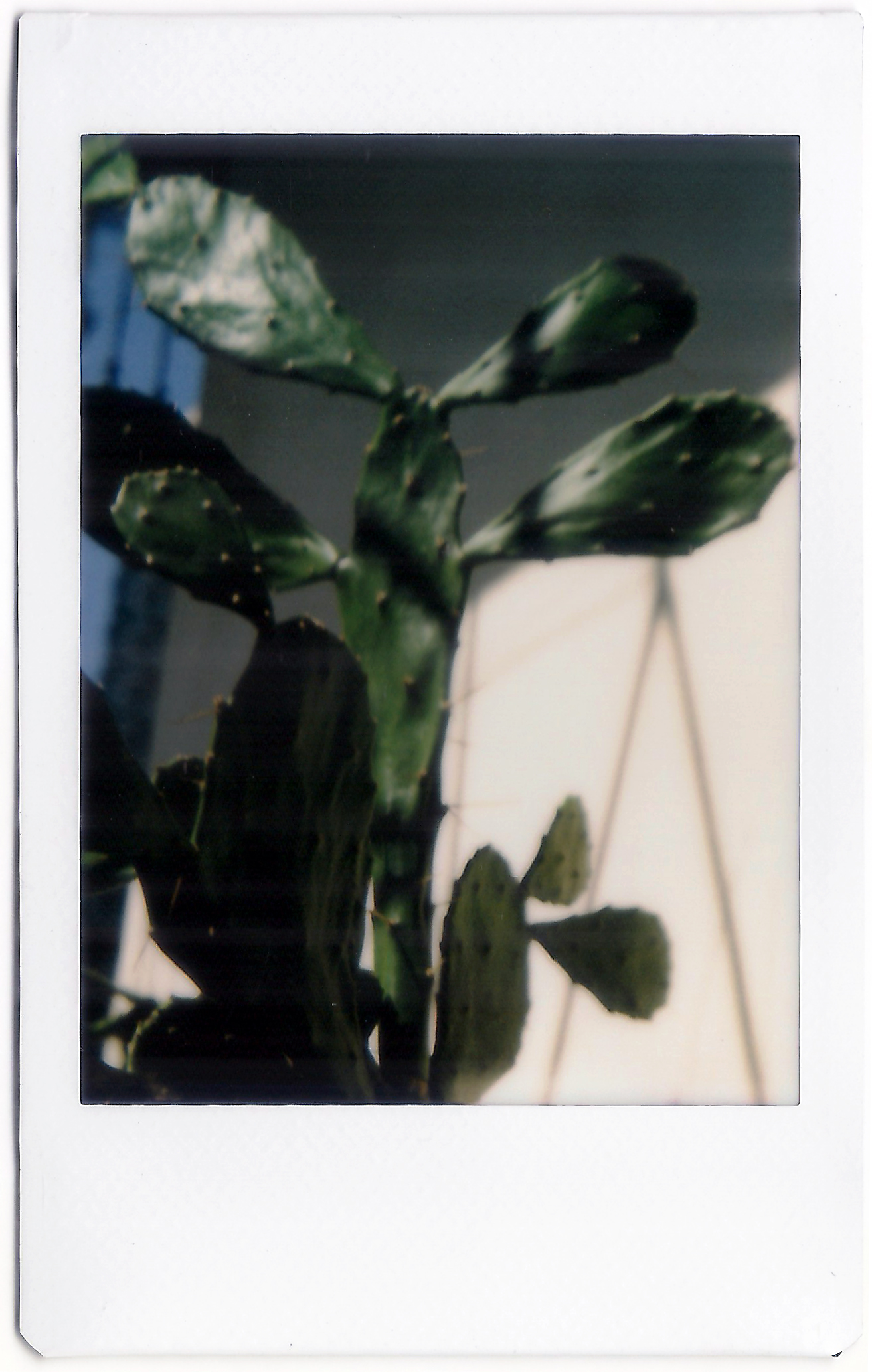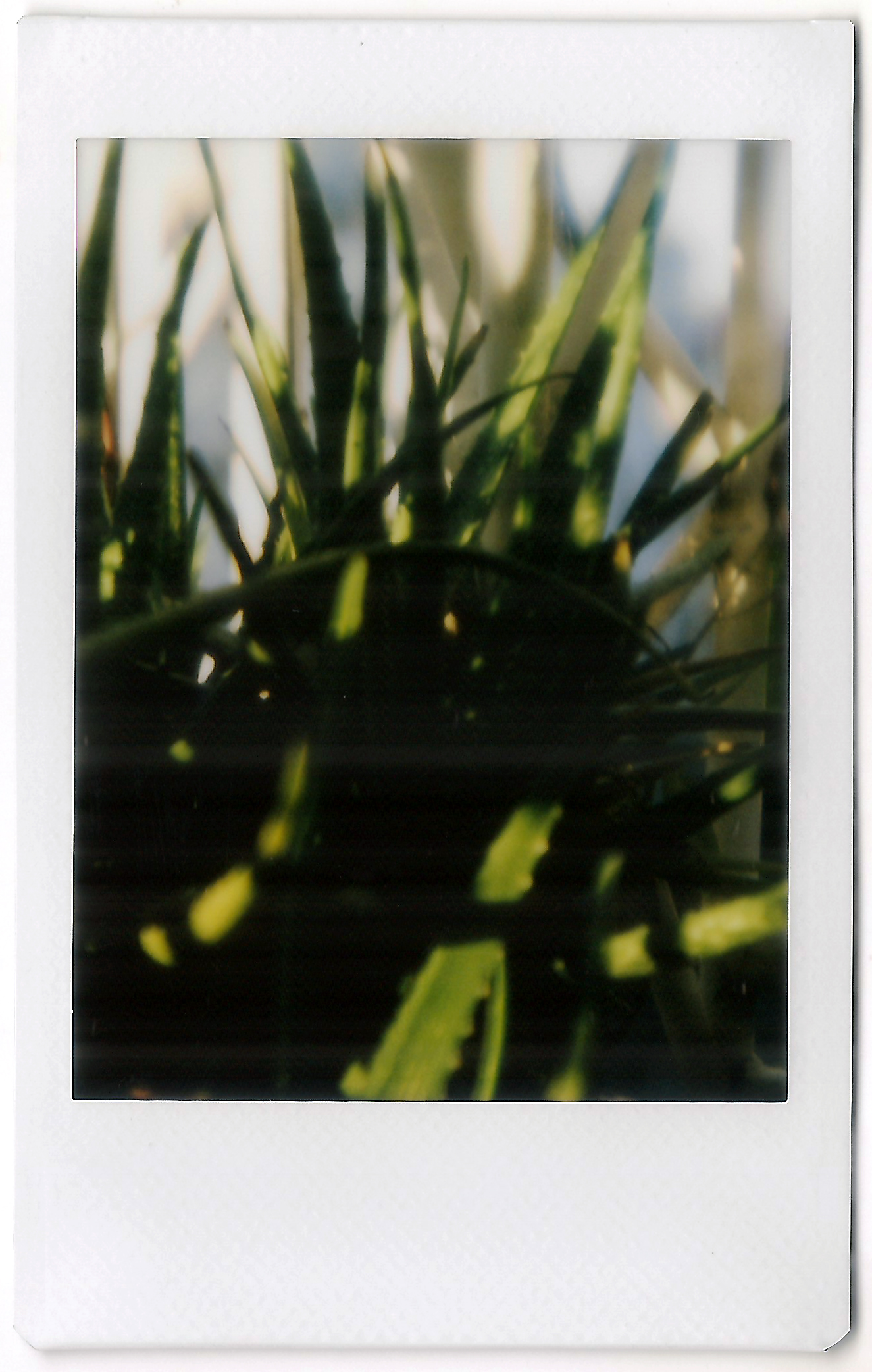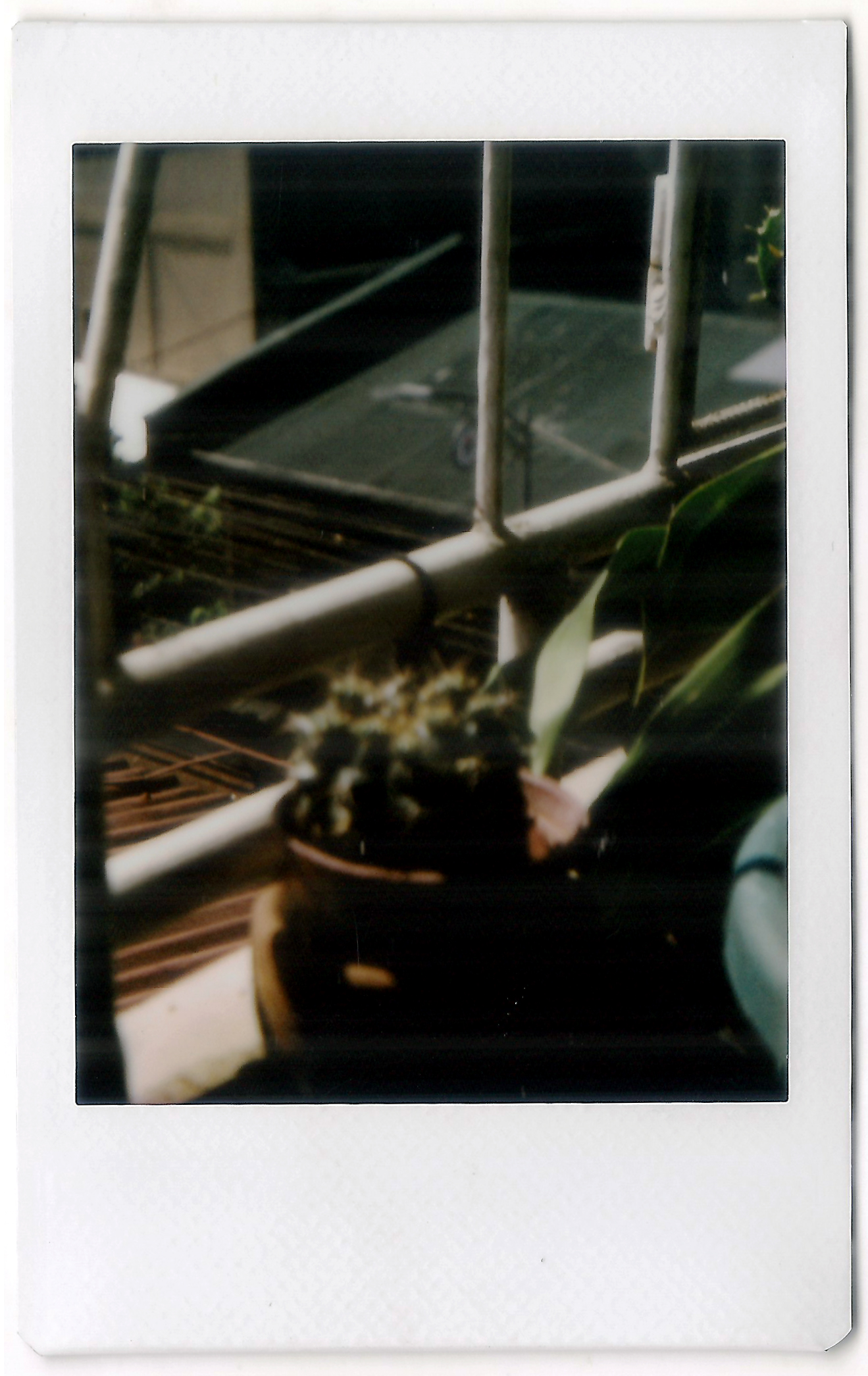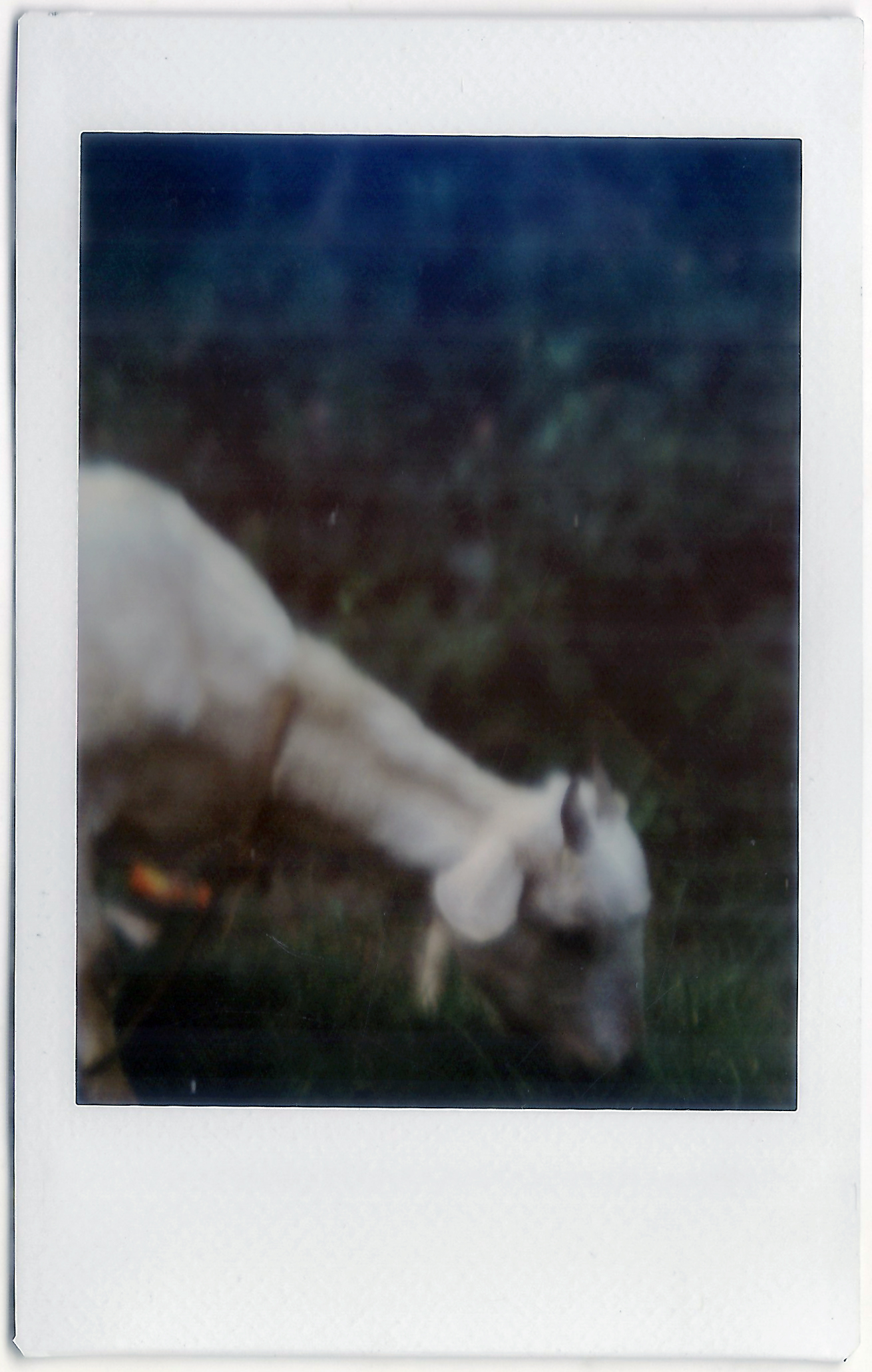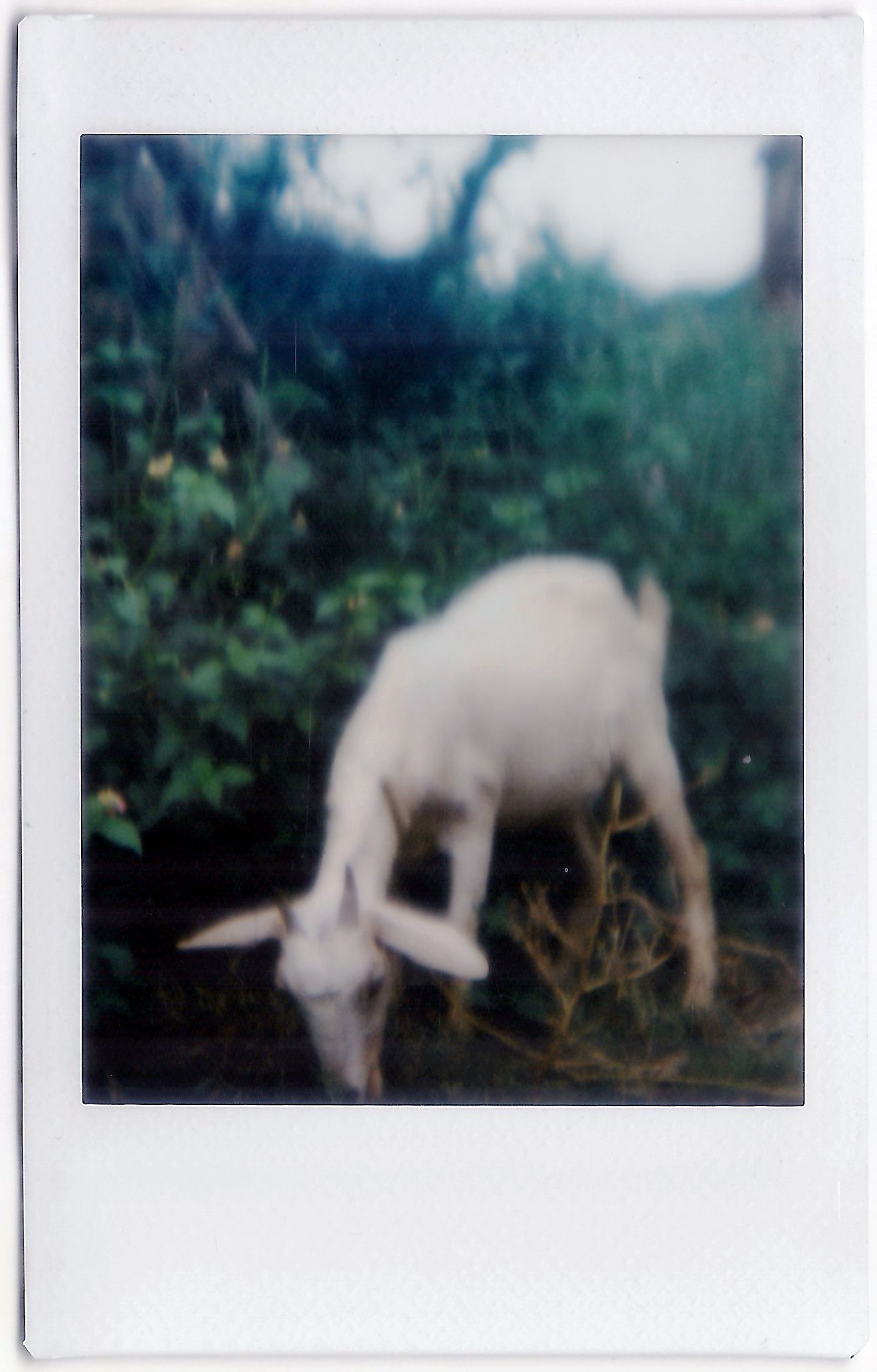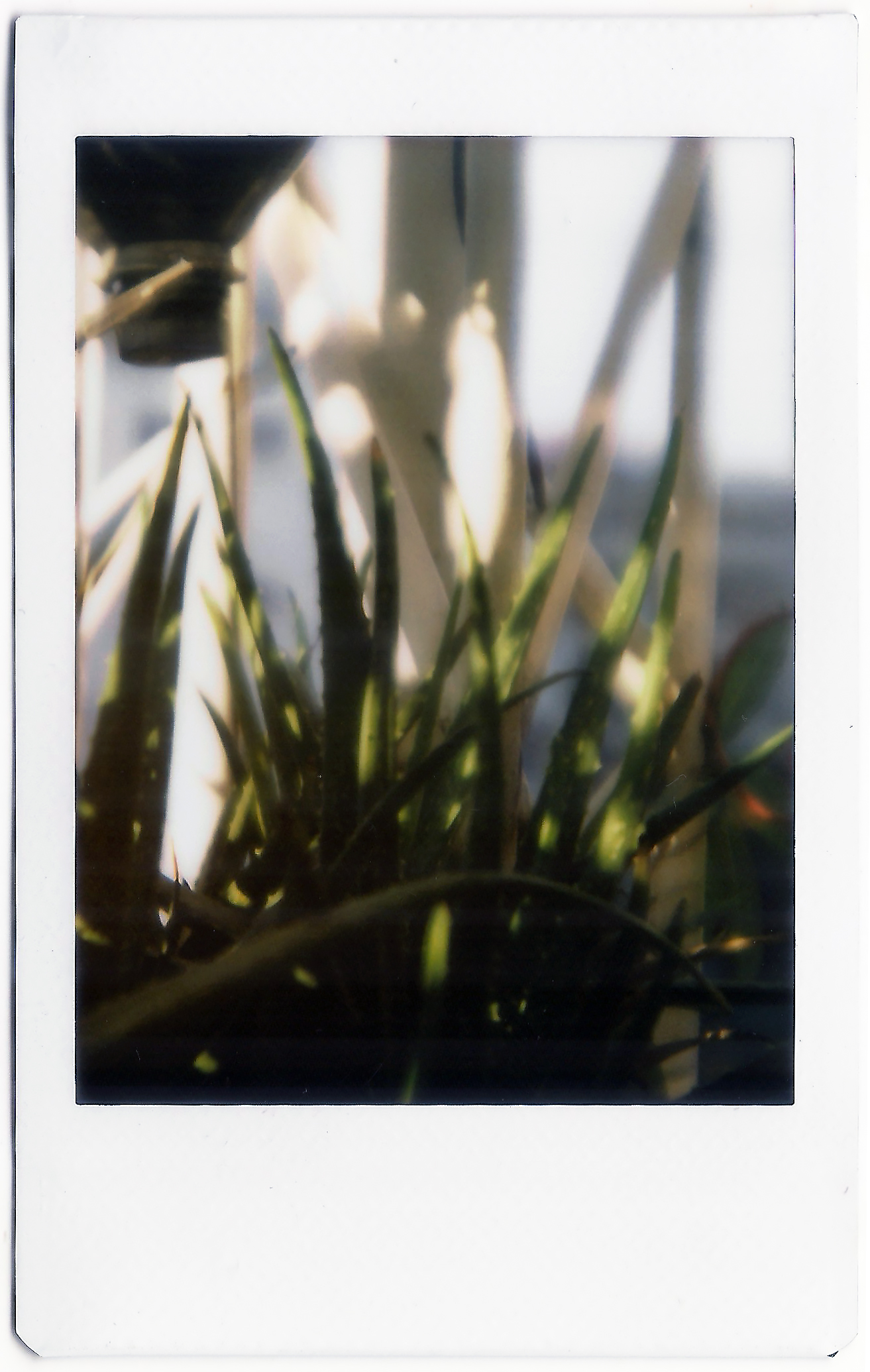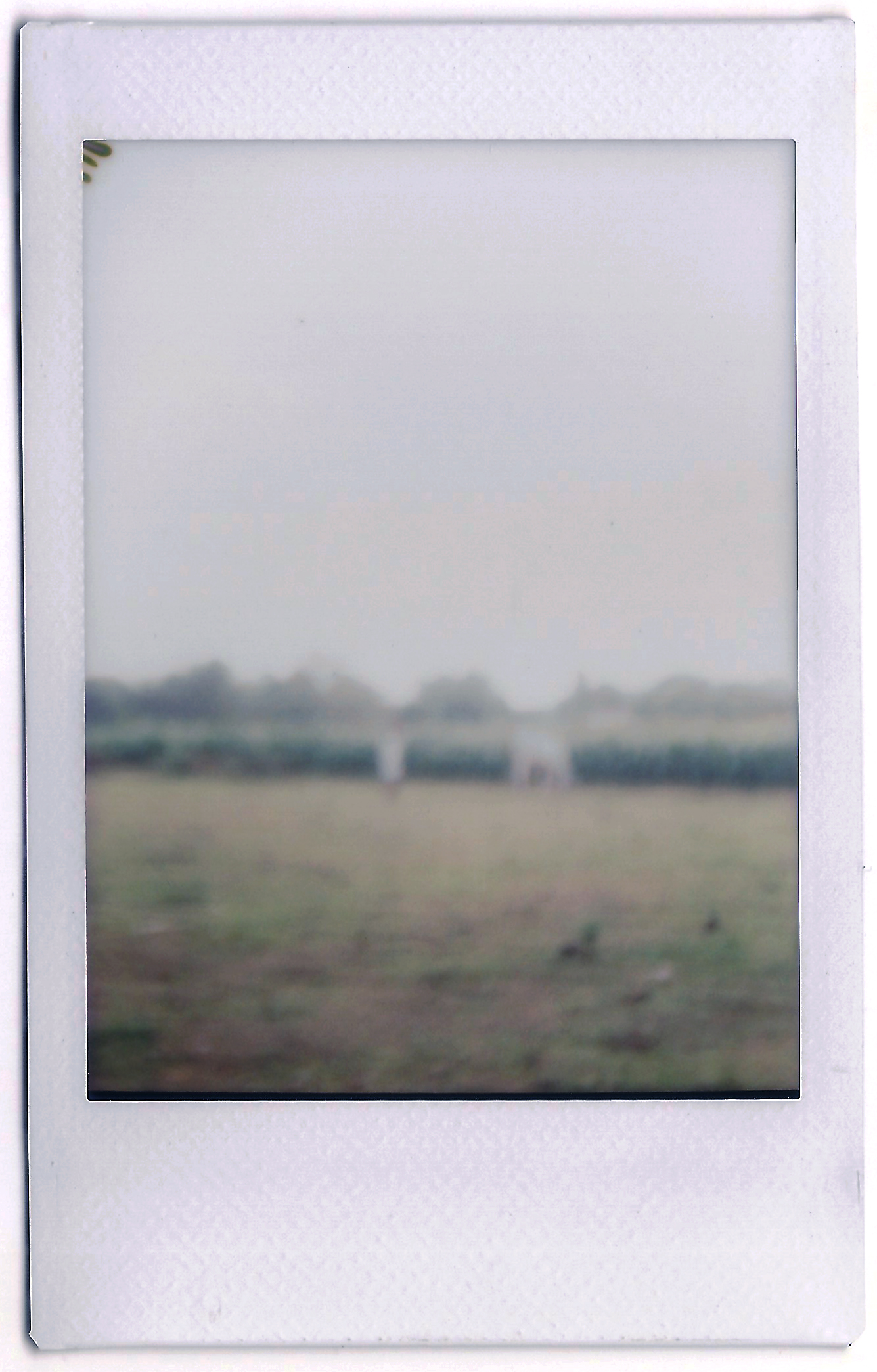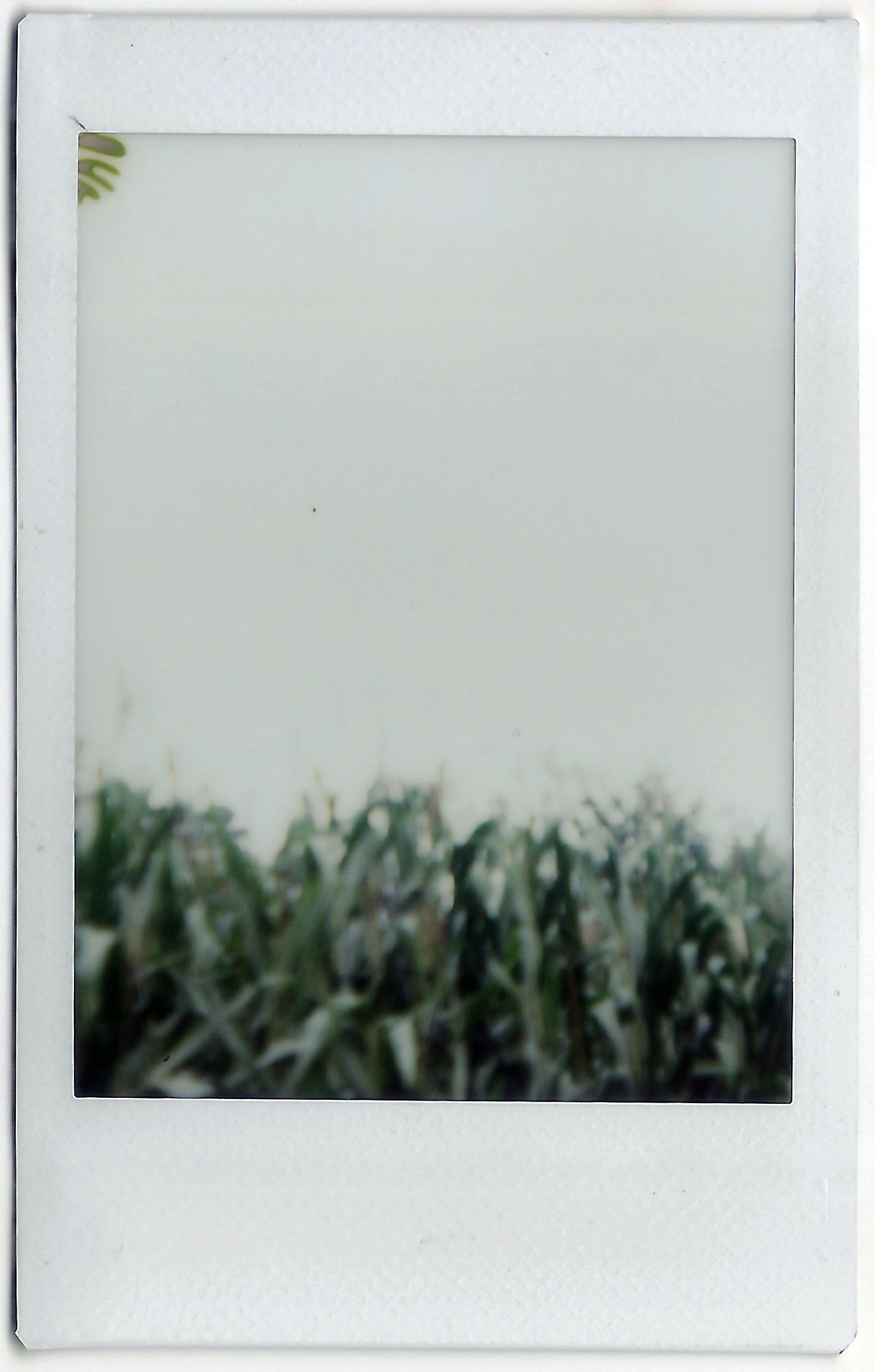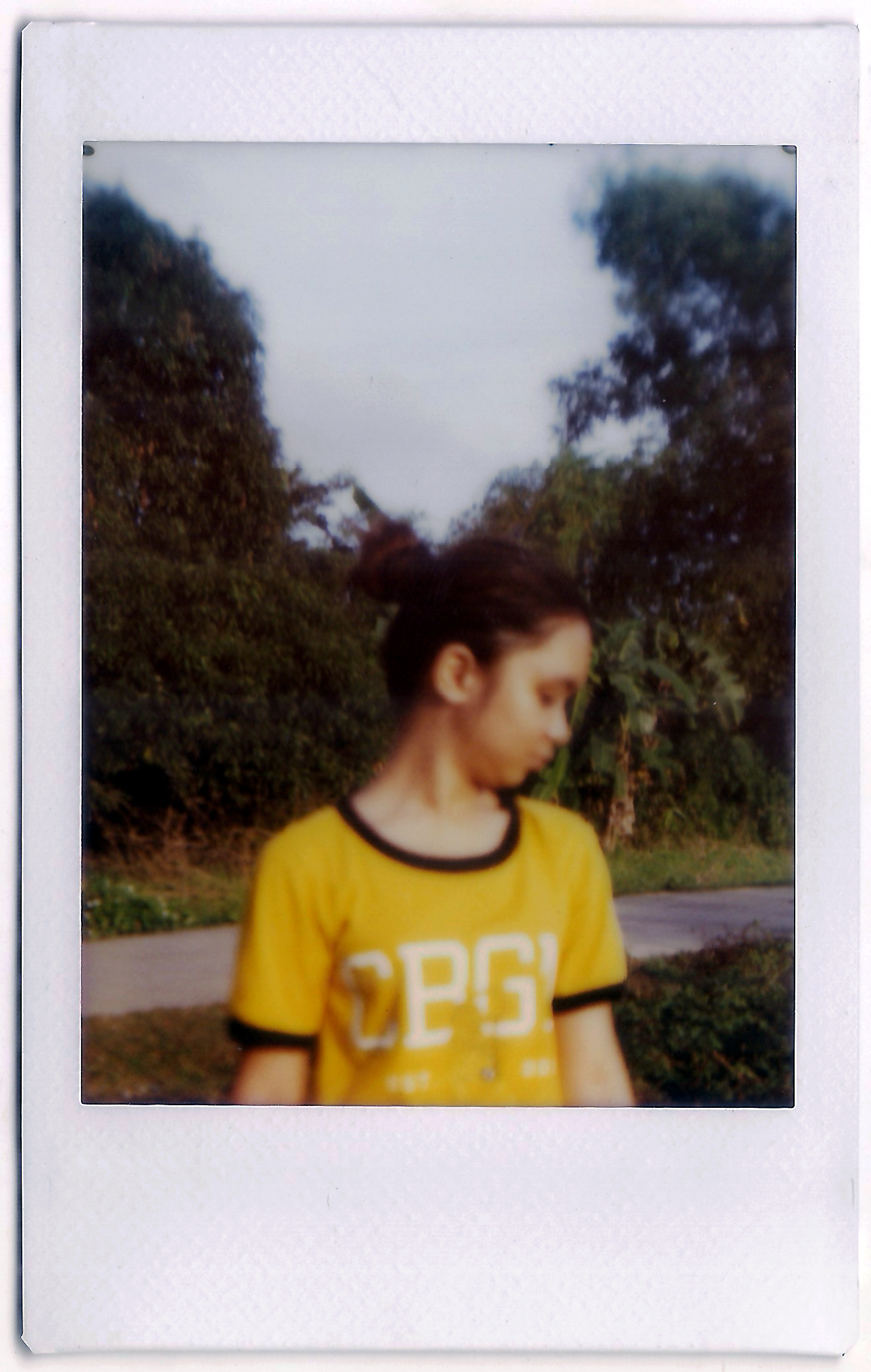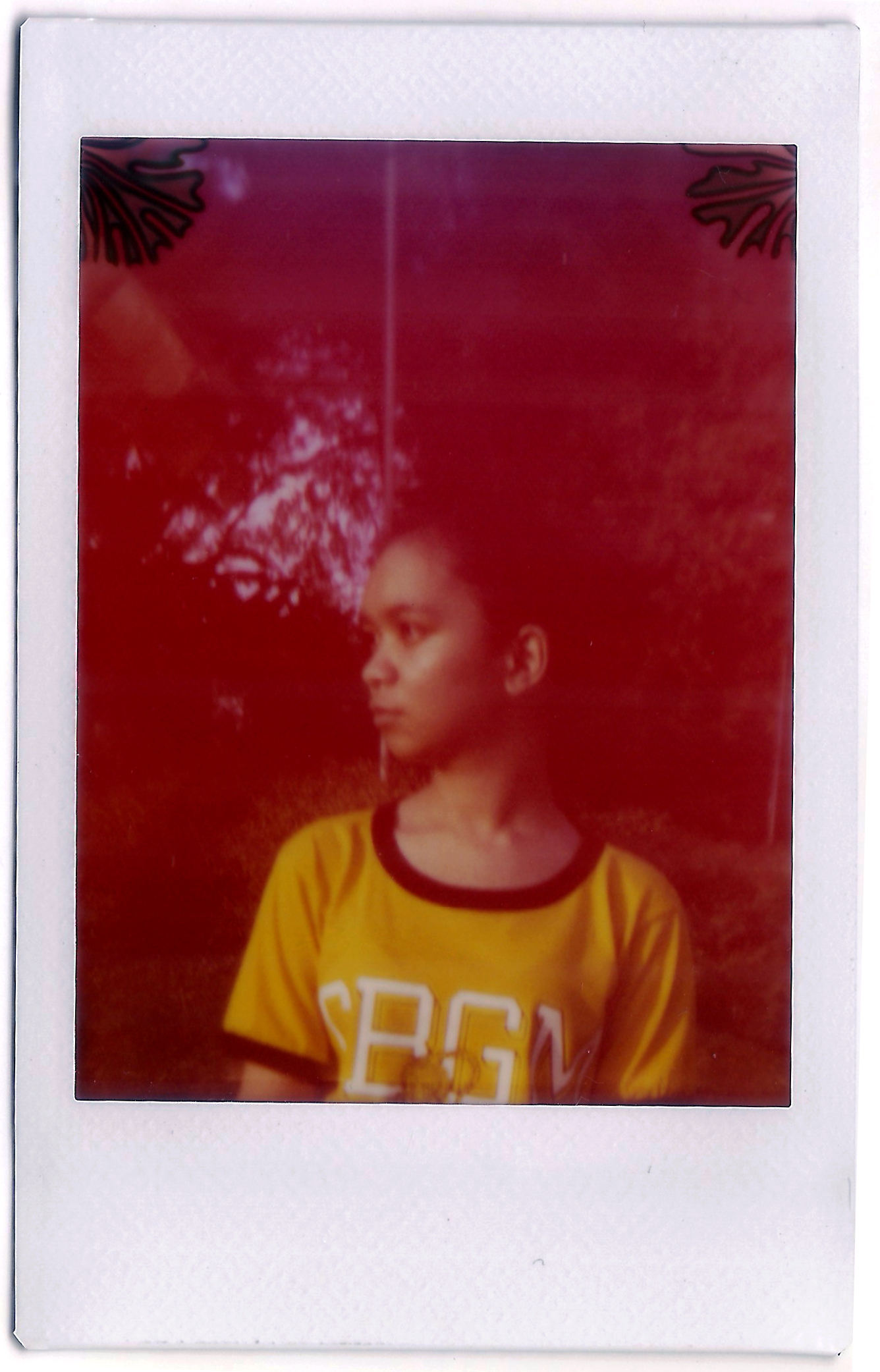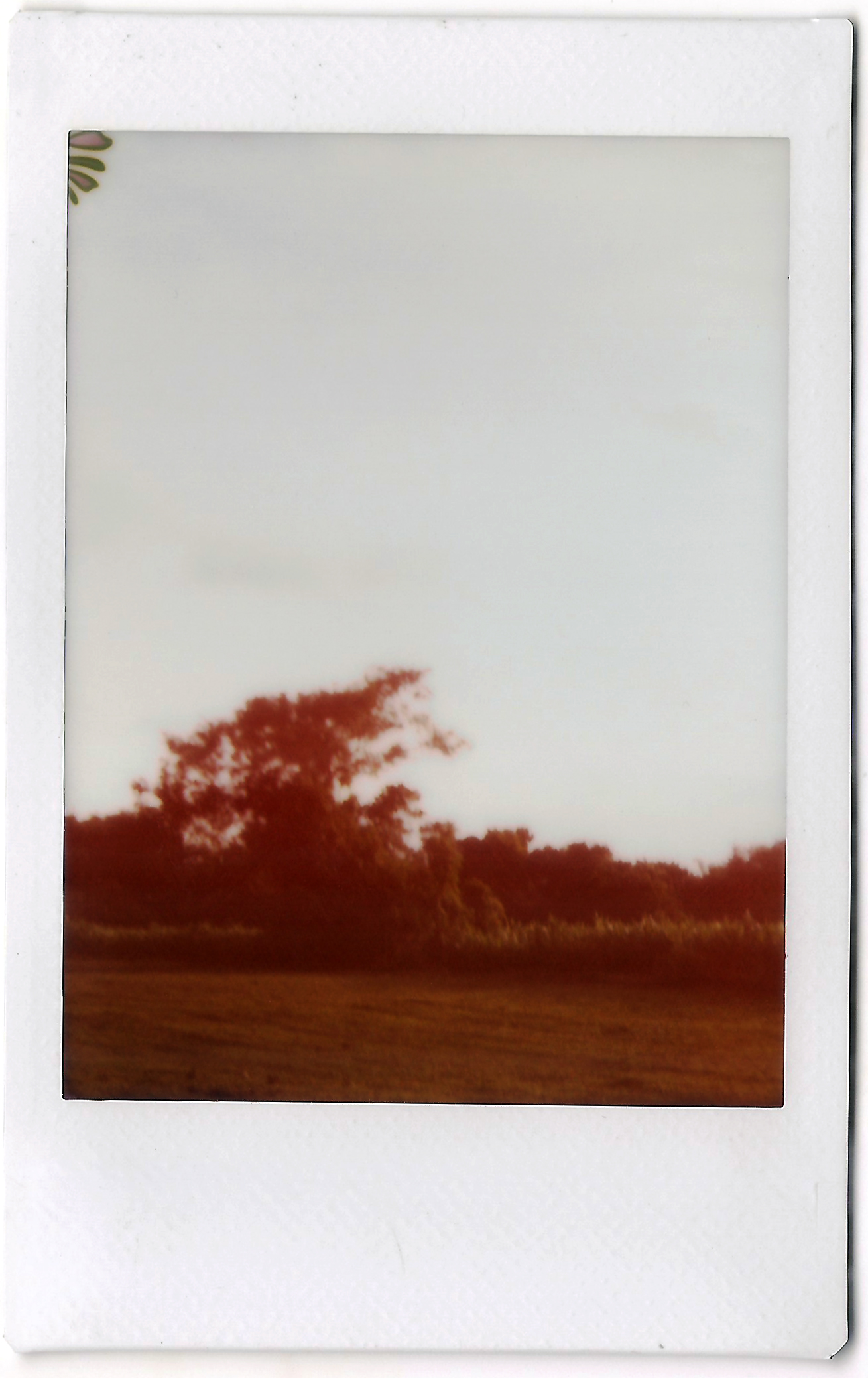Whether you’ve yet to receive your Jollylook Instant Camera — the first model — or are thinking of getting one, here are some of the things you can expect.
The new Jollylook Auto was recently released and already fully funded on Kickstarter. However, some of the backers of the first campaign yet to receive theirs must be wondering what the original Jollylook Instant Camera has in store for them. Those familiar with it already know it looks fancy but built simply, so this review will have more quick insights into the shooting experience instead of a rundown of features.
Table of Contents
Gear Used
We used the Jollylook Instant Camera with the standard Instax Mini Film.
Tech Specifications
From the Jollylook website:
- Lens: a meniscus lens with a focal length of 110 mm ( 4.33 in ), allows taking photos from portrait to landscape. can be moved up to shoot through the pinhole.
- Viewfinder: A Fresnel lens
- Aperture: A switchable diaphragm with manual adjustment for the seven values: f / 8, f / 11, f / 16, f / 22; f / 32; f / 45; f / 64 + pinhole.
- Shutter: Automatic with a shutter speed of 1/250 or 1/160 and manual shutter mode with the possibility to control the exposure time manually.
- Pinhole: A round hole in a copper foil 0.6 mm (0.023 in) in diameter, located on the diaphragm disk
- Storage conditions: Store in a dry and dark place at room temperature.
- Conditions of use: Use at temperatures between 10 – 35 °C (50 -95 ℉) in dry weather.
- Size: When folded 85 x 127 x 48 mm ( 311⁄32 x 5 x 157⁄64 in )
- Film Required: Fujifilm “Instax mini” instant film
- Photo size: 46(W) x 62(H) mm
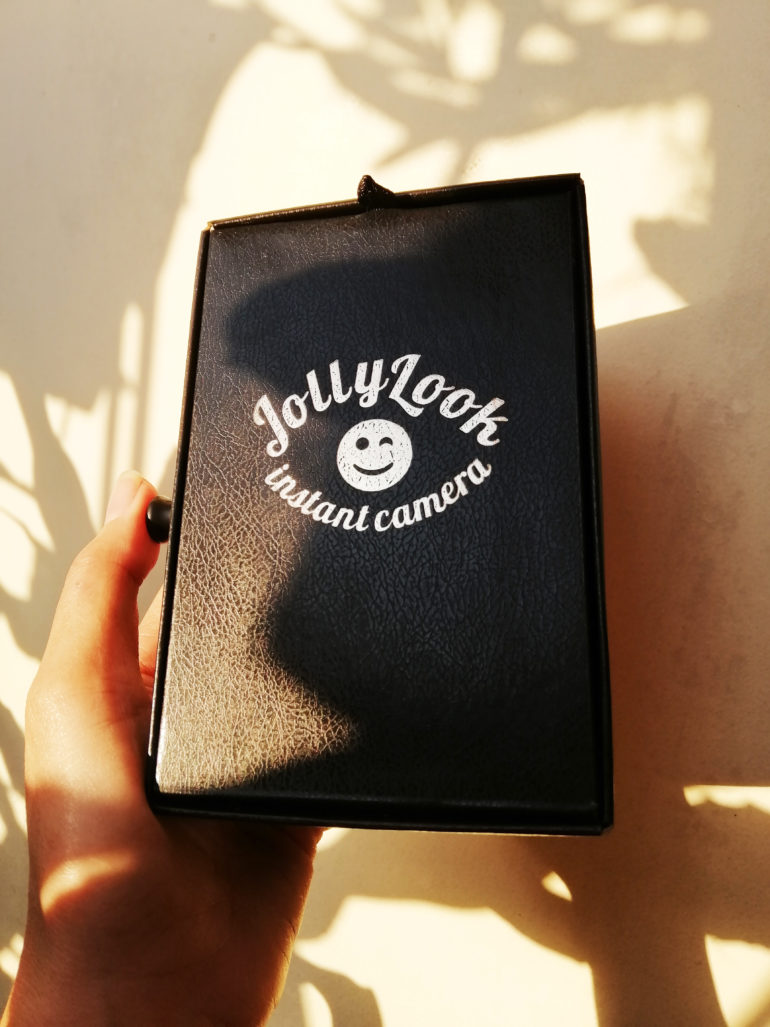
Build Quality
Fresh out of the box, the Jollylook appears exactly how it’s advertised: a simple cardboard camera evidently inspired by the folding cameras of the late 1890s. Some may be wondering about the build and if it’s sturdy enough to endure repeated use. It’s made of cardboard, yes, but it’s the thick and durable kind that can last a long time with proper handling and care. That said, it’s normal to be concerned about some parts like the bellows or the shutter breaking or coming off since it’s essentially made mostly of cardboard. The winding mechanism for pushing the Instax prints out feels sturdy and has enough tension. Also, the camera has a bit of weight in the hands so it won’t easily fly out of your hands as you shoot.
Ease of Use
As a camera with simple manual controls, it helps that the Jollylook came with detailed instructions and even a link to a YouTube video tutorial. Otherwise, I think it will be a bit of a struggle figuring out how to set up and shoot with it. That doesn’t mean there aren’t any challenges to using it, especially for those who will be encountering quirky cameras like this for the first time.
For example, the bellows need to be stretched out before shooting. If you don’t do this for at least 10 seconds, it will just fold back slowly. But, even after doing this, the bellows don’t stay stretched for long, and you’ll have to stretch it a few times more. It may feel that the bellows will come off if you’re not careful. Also, it can be difficult to keep the lens board fastened on the distance scale because the bellows tend to keep pulling back. To keep this from happening, hold the lens board securely on the right distance setting as you shoot.
Setting the aperture is easy; rotate the aperture wheel and make sure the markings align. Setting the shutter speed is just as easy; insert the metal bar into the cylindrical slot above the shutter mechanism to set it to 1/250 sec, and take it out to set it to 1/160. What isn’t easy is the amount of guesstimation for everything else. Getting the wrong distance or aperture setting may happen more often than not for those unfamilar with zone focusing or even shooting in manual mode. It may also be difficult to judge light conditions to know which aperture to use. It can be tricky if you forget to change the aperture or remove the metal bar to use a slower shutter speed in between photos, especially if the lighting changes quickly. Take into consideration the fact that Instax Mini has an ISO of 800 when shooting during a bright, sunny day.
Framing also tends to be tricky. You have to compose your shot using the simple viewfinder, aligning the edge with the arrow markings on top of the camera next to the slot where the print comes out. Many times, the framing can be off. Therefore, treat the framing as an approximation and make small adjustments for good measure.
There’s an option to shoot pinholes with the Jollylook, but I think it would be more trouble than the pictures are worth. Maybe some other time, when I’ve figured out the best way to do it.
Lastly, the winding mechanism for pushing the film out is actually pretty good and reliable. All it takes is a few steady turns and your film is out.
Conclusions
All in all, this camera can be an interesting way to shoot instant film — as long as you manage your expectations and practice a lot to become acquainted with it. It’s easy to operate once you get the hang of it: pulling off good results is more of a challenge. Don’t expect it to be reliable; if you want to get sharp, well-exposed, accurately focused photos each time, get an Instax Mini camera instead.
While you’re still learning and getting used to the manual controls, expect some underexposed and unfocused shots. Lots of them, even. Using a light meter app and practicing zone focusing will likely help you get better images with this camera. If you can help it, don’t keep the Instax Mini film inside the camera for too long, as I think it’s what caused the discolorations and strange markings on some of the prints.
The Jollylook Instant Camera is a novelty item that will teach anyone the basics of photography while experimenting with manual controls. If that’s how you choose to see it, you might enjoy using this camera — somehow. Otherwise, you might be better off with the new Jollylook Auto, which looks like a big step up from its predecessor.


